Japanese Influences: From Ultraman to Sailor Moon
From Ultraman to Sailor Moon
When I was a kid I spent most of the time watching TV because I didn't want to go outside to play with the kids of my neighborhood. Later I would classify myself as a nerd, but at those days I was just a loser. A seven years old loser who read a lot and use to draw and watch TV as entertainment. I use to watch cartoons everyday. Later I would call them anime. A lot of them were from USA, but my favorites ones were from Japan.
The superheroes made of blood, flesh and latex:
Aesthetically they were super futuristic and most of them, super kitsch, which I loved. The normal characters dressed tight pants and jackets and the superheroes were wearing some kind of diver suits made of latex. With unseen zippers. I must remember you that Ultraman was first aired in 1966, so all the clues of the epoque were there. This was before the man stepped on the moon. I watched it in the seventies, when the tight clothes were out of control because of the Disco and the Bee Gees and the One small step for men was said.
My long lasting love with the kitsch began there. Before Almodovar. Before Özpetek. Before the Garden of Delights. And that is why I had to learn the Minimalism only this century.
1.- Ultraman:
"Ultraman (ウルトラマン Urutoraman) is a Japanese tokusatsu science fiction television series created by Eiji Tsuburaya. It is a follow-up to Ultra Q, though not technically a sequel or spin-off. Tsuburaya Productions made 39 episodes (40, counting the pre-premiere special) that aired on Tokyo Broadcasting System (TBS) from July 17, 1966 to April 9, 1967." Wikipedia
2.- Ultraseven:
It was a sequel of the Ultraman series. There is a Ultraman series by the way.
Update
Moonlight Mask (月光仮面, Gekkō Kamen)
The Anime Heroes:
I could relate everything in the life of the characters of the anime series I watched when I was a kid. If I have to summarize them in one word, I would say: Suffering. Lot of grief and psychical pain. Despair and lost. Well, a good telenovela or soup opera require this.
Heidi, Marco, Remi, Sailor Moon or Candy Candy, the heroes of the animated series, were looking for something. They had a clear gol in life. And they were standing and suffering to get it. With no rest. I could not relate this to my life then and now I understand why.
But they have in common with the superheroes as Ultraman, the elaborated and more perverted way of Kitsch, the conceptual one, the definition that states the Kitsch as the search of the effect in the audience, seeked by the artist, materialized in the artwork & appealing to the sentimentalism (this is my definition according to my memories of Umberto Eco's Apocalyptic and Integrated, which I read a long time ago).
In short, the first lesson I learned with japanese anime was Drama is a powerful feeling. That is the way I explain how my grandma used to watch like 5 soup-operas a day: a Brazilian one, a Mexican one, a Mexican-venezuelan one (Fusion drama), a Chilean one and a Turkish one. The Drama is a way to trascend the normal life and is a tool to move the buyers to buy and the audience to keep the attention in your artwork.
1.- Heidi, Girl of the Alps (アルプスの少女ハイジ Arupusu no Shōjo Haiji):
2.- 3000 Leagues in Search of Mother (母をたずねて三千里 Haha o Tazunete Sanzenri):
3.- Nobody's Boy: Remi (家なき子 Ie Naki Ko, lit. Homeless Child)
4.- Candy Candy (キャンディ・キャンディ Kyandi Kyandi)
5.- Sailor Moon (美少女戦士セーラームーン Bishōjo Senshi Sērā Mūn:
I am Sailor Moon, champion of justice! On behalf of the moon, I will right wrongs and triumph over evil, and that means you!
Sailor Moon
I stand for love! I stand for truth and justice too! I'm Sailor Moon! And in the name of the moon, I shall punish you.
Sailor Moon
This one escapes of the parameters. Just a little bit. Less suffering, more laughs and personal development. Usagi Tsukino (Serena) is a school girl, super dumb apparently. She is the reincarnation of the Queen Serenity, queen of the Moon. And at the beginning her cats appear to teach her how to fight against the evil ones. Talking to her. The show is funny and kitsch, but the character is evolving through the series to be more mature, near the end. This series was aired in Chile in the nineties. I loved the transformations of the normal Serena to Sailor Moon, getting mini skirts and a full make-up session. Too girlie to handle sometimes, but all the final battles were awesome.
Her dumbness was precious to me. She, when is ready to attack the evil ones, says a lot of cliché phrases, like the quotes I chose above to begin this number 5.
Also there were lots of gay characters: Sailor Uranus and Neptune (two girls) were a couple, Kunzite and Zoisite (two guys) were a couple, Fisheye was a drag-queen & the Sailor Starlights were musician boys which can transform into girls and viceversa. The Sailor Starlights were my favorites. The presence of androgynous figures is part of the japanese culture. The samurais were super gay, for Occident parameters, but a common thing in the japanese culture (and in biological terms, by the way).
In premodern Japan, aristocrats often pursued male and female lovers; their sexual trysts were the stuff of classical literature. To them, the biological sex of their pursuits was often less important than the objective: transcendent beauty. And while many samurai and shoguns had a primary wife for the purposes of procreation and political alliances, they enjoyed numerous liaisons with younger male lovers.
Jennifer Robertson at Quartz Mag
Sailor Moon Intro
6.- Akira (Japanese: アキラ Hepburn: Akira)
My first encounter with dystopya and cyberpunk. A worth watching movie. I have doing a lot of photography with this topic for a while.
Check it at: https://pablolarah.tumblr.com/tagged/Cyberpunk
7.- Hayao Miyazaki (宮崎 駿 Miyazaki Hayao, born January 5, 1941)
So many animes under his direction that I can not recall. All of them with his characteristic signature making them masterpieces. Examples: Heidi, girl of the Alps; 3000 Leagues in Search of Mother (known in America as Marco); My neighbour Totoro; Princess Mononoke; Spirited Away; Howl's Moving Castle, etc.
Here my favorites ones:
My Neighbor Totoro (Japanese: となりのトトロ Hepburn: Tonari no Totoro):
Princess Mononoke (Japanese: もののけ姫 Hepburn: Mononoke-hime, "Spirit/Monster Princess"):
Howl's Moving Castle (Japanese: ハウルの動く城 Hepburn: Hauru no Ugoku Shiro):
About Kitsch:
“We could say that the term Kitsch can be applied to any object that (a) appears already consumed (b) reaches the masses, or the average customer, because it is already consumed and (c)will quickly be reconsumed, because the use to which it has already been put by a large number of consumers has hastened its erosion”
(Umberto Eco, The Open Work, p.197)
To become a piece of Kitsch, a passage needs more than the linguistic factors intrinsic to the message: it also needs the author’s intent to sell it to his audience, and the audience’s intent to appreciate it.
(Umberto Eco, 1989, at Atlas of places)
"Czech theorist Tomáš Kulka (2000) defines kitsch by three points: (a) kitsch represents objects or themes that are generally considered beautiful or having a strong emotional charge; (b) these objects or themes have to be immediately identified; (c) kitsch does not enrich the associations connected to it. “Real kitsch” has to contain simplicity and comprehensibility so that the viewer can immediately identify what is in the picture or sculpture. Simple image/object has to be objectively accounted as beautiful and emotional. So people dissolve in front of pictures with children running on the grass, pictures with puppies and kittens, pictures with sunrise or sunset etc. These images provoke expected reactions of dissolving."
( Is czech homemade art of the 1970s kitsch or materialized iconic experience? at Masaryk University CZ)
So, the japanese animes were selling me the idea of these kids of my age (not now, then, otherwise they would be Dwarves from The Lord of The Rings), suffering a lot the whole time to get what they wanted: his mother (Marco & Remi), his grandpa (Heidi), his kingdom back (Sailor Moon) or the Prince of the Hill (Candy Candy). At the end, Candy Candy gets a new mysterious husband and a good job as a nurse, instead. Black Friday karma.
Anyway, the creators of the animes were super happy imagining you suffering and crying with the (bad) luck of the characters. And at least with me, it worked.
Finally, I learned to love the aesthetical minimalism of the animes. Heavy feelings and light views.
Long grass fields moving with the wind.
Mountains.
Snow.
Sea.
My love for the nature came surely from the graphic influence of the japanese illustrators. I can relate the love for the snowy mountains in winter been myself an inhabitant of a town surrounded by the Andes mountains, with a near sea (well, if you consider near one hour and half of bus. For me is near, now I live 6 hours away by plane of the cold Ocean Pacific).
This is becoming a very long post, but I did not want you to leave the post empty-handed.
I have a list of blogs to visit to learn about Japon:
1.- Spoon & Tamago:
Japanese art, design & culture.
2.- Gurafiku:
A collection of visual researchsurveying the history of graphicdesign in Japan. Conducted by designer, Ryan Hageman
3.- Design made in Japan:
Made by Benjamin Thomas. It does not look active since 2017.
4.- Hello Sandwich:
Hello Sandwich (Ebony Bizys) is an Australian / Lithuanian artist, designer, photographer and blogger based in Tokyo.
(Before know as: http://hellosandwich.blogspot.com/)
5.- Japanese Design:
Covering architecture, decoration, graphic design and art in general.
6.- Japan Objects:
Japan Objects is an online magazine for culture lovers, presenting the most inspiring Japanese art & design.
7.- 99+1 JAPAN:
Traveling through art, design & architecture is a pocket publication borne out of our love for integrating creative experiences with travel.
8.- Shoot Tokyo:
Photography Blog of Dave Powell.
9.- Old Photos of Japan:
It shows photos of Japan between the 1860s and 1930s
http://www.oldphotosjapan.com/en/
10.- Time Out Tokyo:
Art and culture in Tokyo.
11.- Ukiyo-e at Art Nomura:
Learn about Ukiyo-e at the website.
12.- Vegder's Blog:
Japanese culture, literature, history and prints
13.- Mateusz Urbanowicz blog:
An illustrator from Poland living in Japan.
Also be sure to check his YouTube channel:
14.- Archipel = Archipelago = Japan-centric content:

Various aspects of Japanese culture creating documentary-style video content.
This is my favourite one. That is why I created this post, in the first place. And that is why I draw the characters of Ultraman today. I discovered Archipel at YouTube with the video series Toco Toco. In every chapter they invite an artist (illustrators, cinematographers, directors, comedians, musicians, etc) to show their favorite place of Japan. In the way, they show you their art and in the final part, they teach you a word in japanese.
This is an example:
15.- Lost in copywriting — experiencing Japan as a designer:
The travel experience of Alexander Skogberg visiting Japan.
Well, kids, the show is over.
Come back for more stories later.
Bye.




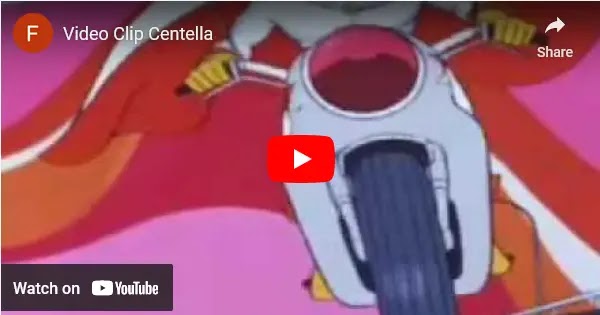


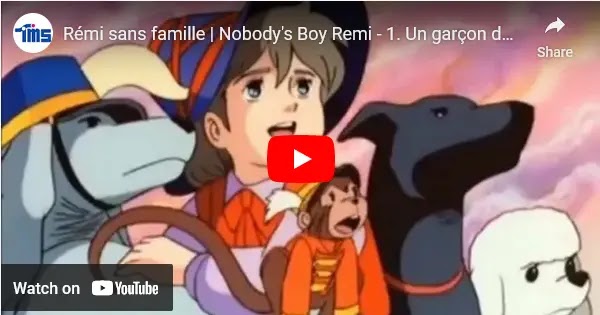

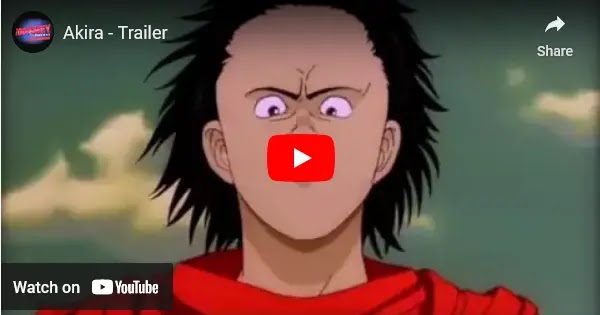
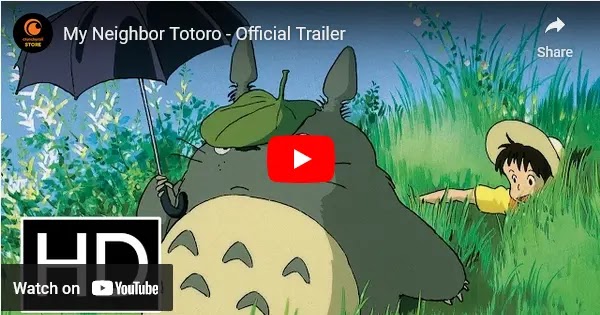

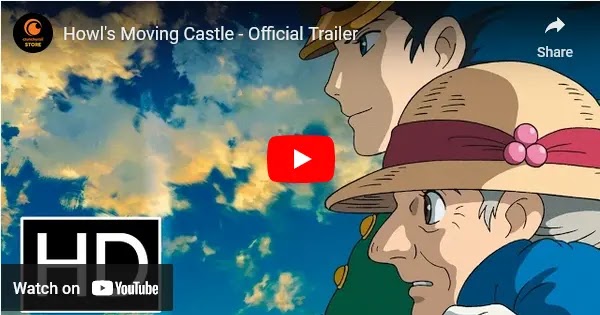
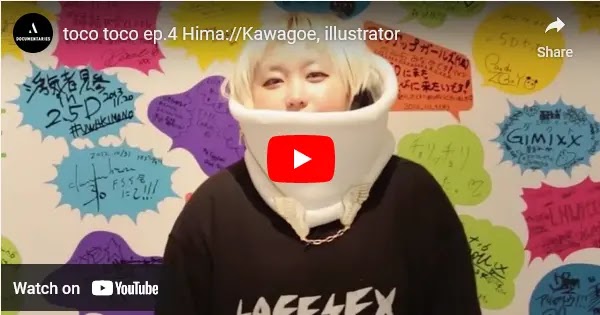









Comments
Post a Comment